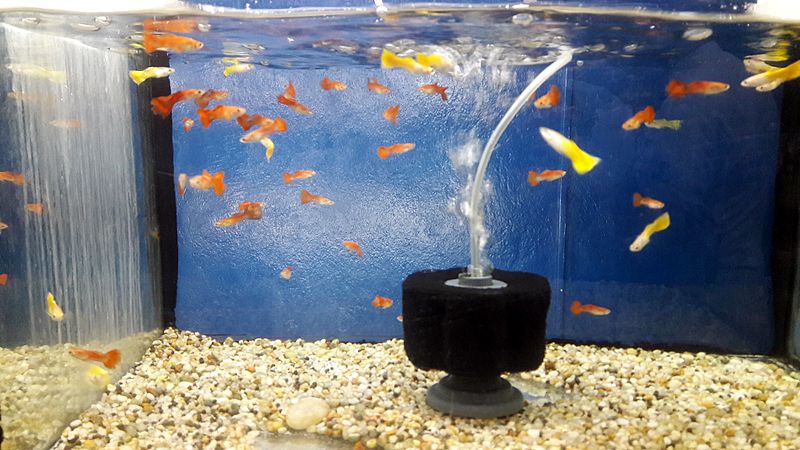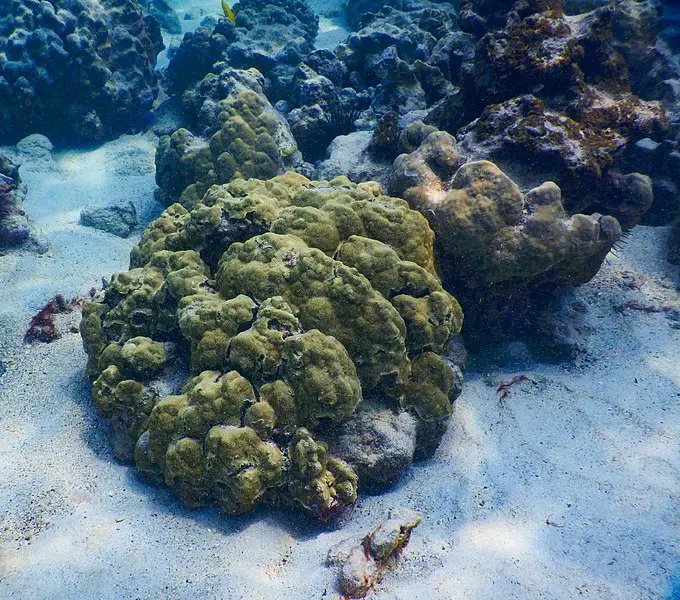Setting up an aquarium is a delicate process. For your aquatic residents to thrive, everything needs to be carefully balanced so that the water conditions are optimized for their well-being. One of the main questions new aquarium hobbyists ask when setting up their first tank is whether or not the filter they’ve chosen is too big.
Regarding the filtration of the actual water, you can’t over-filter it. The rule is that the cleaner the water is, the better it is for the inhabitants. While over-filtering is never really going to be an issue, some considerations should be taken into account regarding the strength of the water flow from an oversized filter.
Can a Filter Be Too Powerful for a Fish Tank?
The answer to this question is no, and yes. For the purposes of filtering bacteria out of the water, you can’t overdo it with the size of the filter. The problem comes in when a very large filter causes too much water to flow inside the tank.
Some fish are accustomed to a slightly increased water flow and may actually benefit from it. But others, such as very delicate species, will not thrive in conditions where the water movement is overpowering for them.
Too much water flow inside a tank can be detrimental for some fish, causing health problems and a shortened length of life related to stress.
Many newer filters now come with the ability to adjust the flow rate. This means it may be possible to choose a larger, more powerful filter and adjust the flow rate slightly to match the size and flow requirements of a particular aquarium setup.
Another option to slow down the flow rate of a filter is to add a foam pad or sponge filter in conjunction with a regular flow filter. This should help slow down the current and lessen the flow rate. Many hobbyists choose to use two smaller filters together, so choosing one of each type is a great way to control the amount of flow and current in the water.
Does Filter Size Matter for Fish Tank?
The filter size chosen for an aquarium does make a difference, but for the most part, the concern lies with choosing a filter that is too small, rather than too large. If the filter size is too small for a tank’s capacity, it won’t be able to properly filter the bacteria from the water and could lead to ill effects on the health of the tank inhabitants.
Choosing a filter that is too large won’t have any impact on the bacteria level, and as a matter of fact, it’s best to have a filter that is rated for a tank slightly larger than the one it’s used in. Bigger is better, and there’s no worry about over-filtering the water.
The only problem with choosing a filter that is rated for a larger tank lies in the physical space the filter takes up in the tank, and the risk of a powerful filter increasing the water flow above what is recommended for the tank residents.
It may be a better idea to use two smaller filters instead of one larger one. This has multiple benefits for aquarium hobbyists. For one, if a filter malfunctions or breaks unexpectedly, then you will already have a backup filter full of beneficial bacteria and ready to go.
And secondly, there is some debate over whether a larger filter with a strong water flow will limit the contact that the water has with the good bacteria inside the filter. This means that the water might not have enough time to pick up those beneficial bacteria and carry them into the water.
How Big Should My Fish Tank Filter Be?
Typically, a filter should be rated slightly larger than the tank size it’s used in. This helps to guarantee that the water won’t be under-filtered. A good rule of thumb is to choose a filter that handles at least ten times the gallons per hour of the number of gallons a tank holds.
The rating and recommendation on the filter should be printed on the packaging. If you’re still unsure, you can always ask for advice from someone who works in an aquarium specialty store.
If you’re using two smaller filters for one tank, just be sure that they add up to at least the tank capacity you’re aiming for. For example, if you have a forty-gallon tank, you will want to ensure each filter can handle twenty or thirty gallons each so that they add up to at least forty gallons or more together.
Can You Use a 50 Gallon Filter in a 20 Gallon Tank?
You can use a filter that is rated for fifty gallons in a twenty-gallon tank, as long as the water flow created by the said filter isn’t too strong for the tank residents. It’s always a good idea to do some independent research on each fish or aquatic plant placed in an aquarium.
This helps to ensure that you understand exactly what they require in terms of temperature, water flow, and how well they will co-habitat with other tank residents.
Conclusion
The most important thing to remember when setting up an aquarium is that each element needs to be carefully balanced to maintain the health and well-being of the tank inhabitants. This includes choosing a filter that is strong enough to maintain the cleanliness of the water while keeping the right amount of current and water flow inside.
Too much filtering is usually not an issue as long as it doesn’t create too much flow output for individual tank residents. It’s a better idea to choose a filter that is rated for slightly more gallon capacity than you intend to use it for to ensure that the water is under-filtered.
Just be sure to choose a filter that has an adjustable flow rate, include a sponge or baffle filter in the set-up, and always monitor the amount of water flow to be sure it matches the requirements of each fish or plant in the aquarium. This will help to ensure that your fish friends are happy, healthy, and stress-free!


